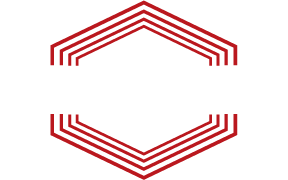What is the difference between a grease trap and grease interceptor??
A grease trap and a grease interceptor is a device that is used to trap grease and solid waste before entering the water waste disposal system.
A grease trap is a small grease disposal device usually located under the sink above the ground. Sizes are usually will vary from 10 gallons up to 500 gallons. Due to the small size the grease trap should be serviced more often to prevent overflows and clogging.
A grease interceptor is located under the ground and it will hold more than the grease trap. Sizes of grease interceptors are usually within 500 gallons and up. Service increments for grease interceptors are longer than a grease trap because of its waste capacity.
How often does the grease interceptor or grease trap need be serviced?
Grease trap / interceptor service increments will vary depending on the size and the amount of usage. During your next service be sure to ask the technician the grease, water, and solid contents to determine the service increments. Failing to pump or clean in an untimely manner the grease trap / interceptor can cause in bound and out bound lines to clog, grease interceptor / trap to overflow, foul odor, grease to harden, and violations.
I have a grease disposal device that separates the grease automatically. Why do I still have to service it?
There are some grease disposal devices that will separate the grease automatically. It does remove the floating grease but eventually the solids in the bottom can increase and block the baffles causing the water flow to stop. These devices also need to be completely pumped out from time to time.
My grease trap / interceptor keeps clogging and overflowing right after I service it. What is causing the problem?
There could be some blockage on the line and plumbing service may be required. This is a common problem that can occur if the grease disposal device is not serviced often. Furthermore, this can occur if the grease trap / interceptor is not properly serviced and all the waste are not being completely pumped out.
What areas do you service?
We service the following areas: Des Moines. West Des Moines, Ankeny, Clive, Urbandale, Altoona, Pleasant Hill, Ames, Indianola, Norwalk
What is the FOG Program implemented by the WRA?
The FOG Ordinance is the result of a mandate from the EPA which requires each municipality to install a program of oil and grease control to aid in the prevention of sanitary sewer blockages and overflows that adversely impact public health and the environment.
Is your service environmentally friendly?
Yes, Sweet Honey is environmentally friendly, as we are certified grease haulers by the Des Moines Metropolitan Waste Reclamation Authority (WRA). We seek to carefully abide by all state and city regulations in this regard.
How often do you clean?
We can clean your greasetrap weekly, bi monthly, monthly, or on call depending on our customers request or the city’s guidelines.
